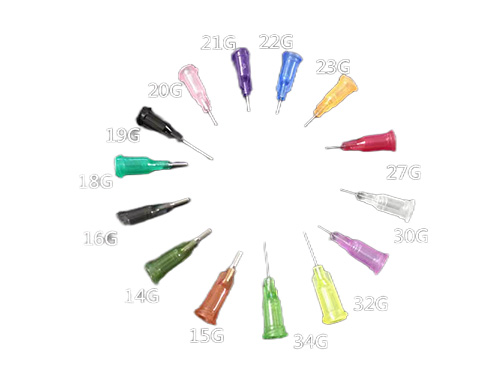Scientific Management of Seedling Trays: Reducing Pest and Disease Risks
2025-01-15 11:02:58
The Importance of Managing Seedling Trays in Agriculture
Seedling trays are indispensable in modern farming, offering an efficient way to nurture young plants. However, improper management can turn these tools into breeding grounds for pests and diseases, jeopardizing crop health and yields. Scientific management of seedling trays minimizes these risks, ensuring healthy seedlings and a strong start for crops.
Common Pest and Disease Challenges in Seedling Trays
1. Soil-Borne Pathogens
Pathogens like Pythium, Rhizoctonia, and Fusarium thrive in moist environments, causing damping-off diseases that weaken or kill seedlings.
2. Insect Infestations
Pests such as aphids, thrips, and fungus gnats are attracted to seedling trays, where they feed on young plants or lay eggs in the growing medium.
3. Cross-Contamination
Reusing seedling trays without proper sterilization can spread diseases and pests between planting cycles.
Scientific Practices for Pest and Disease Management
1. Sterilizing Seedling Trays Before Use
o Use a solution of diluted bleach, hydrogen peroxide, or heat treatments to disinfect trays.
o Ensure trays are completely dry before adding growing medium.
2. Using Sterile Growing Mediums
o Avoid garden soil, which may contain pathogens or pests.
o Opt for sterilized or pasteurized growing mediums to minimize contamination risks.
3. Monitoring and Controlling Moisture Levels
o Overwatering creates the ideal environment for fungal and bacterial growth.
o Use trays with proper drainage to prevent waterlogging and maintain optimal moisture.
Integrated Pest Management (IPM) for Seedling Trays
1. Biological Controls
o Introduce beneficial organisms such as predatory mites, nematodes, or fungi to manage pests naturally.
o Use biocontrol agents like Bacillus subtilis to suppress harmful pathogens.
2. Cultural Practices
o Space seedling trays to promote airflow and reduce humidity.
o Rotate crops to disrupt pest life cycles and prevent buildup in the trays.
3. Physical Barriers
o Place trays in screened or covered areas to block pests.
o Use sticky traps to monitor and control flying insects like fungus gnats.
4. Chemical Treatments
o As a last resort, apply targeted pesticides or fungicides approved for seedlings.
o Follow label instructions to avoid harming beneficial organisms or overuse.
Advanced Technologies for Managing Seedling Trays
1. Sensor-Based Monitoring
o Smart sensors can track temperature, humidity, and moisture levels in real-time, alerting farmers to conditions that favor pests or diseases.
2. UV Sterilization Systems
o UV-C light systems can be used to sterilize seedling trays and growing areas, effectively killing pathogens without chemicals.
3. AI-Driven Pest Detection
o AI-powered tools analyze seedling health and detect early signs of pests or diseases, allowing for timely interventions.
Best Practices for Sustainable Seedling Tray Management
1. Regular Cleaning and Maintenance
o Wash trays thoroughly after each use and store them in a clean, dry environment.
o Replace damaged or cracked trays that may harbor pests or pathogens.
2. Proper Seedling Spacing
o Overcrowding seedlings in trays increases humidity and facilitates the spread of diseases. Maintain adequate spacing for optimal air circulation.
3. Rotation and Resting Periods
o Rotate trays and allow resting periods to reduce the buildup of pathogens and pests in the environment.
Conclusion: Healthy Seedlings Start with Scientific Tray Management
The scientific management of seedling trays is essential for reducing pest and disease risks. By adopting sterilization, monitoring, and integrated pest management strategies, farmers can protect their seedlings and improve crop success rates.
Investing in proper tray management practices not only enhances plant health but also reduces dependency on chemical treatments, aligning with sustainable agricultural goals. With ongoing advancements in technology, managing seedling trays effectively has never been more accessible for modern growers.

It adopts electrical integration and can be started by pressing the fully automatic button ...

The XP750 seeder has stable performance, excellent product quality, simple and convenient o...

It adopts electrical integration and can be started by pressing the fully automatic button ...

Needle list Seed nozzle model Different models Sowing types are different...



